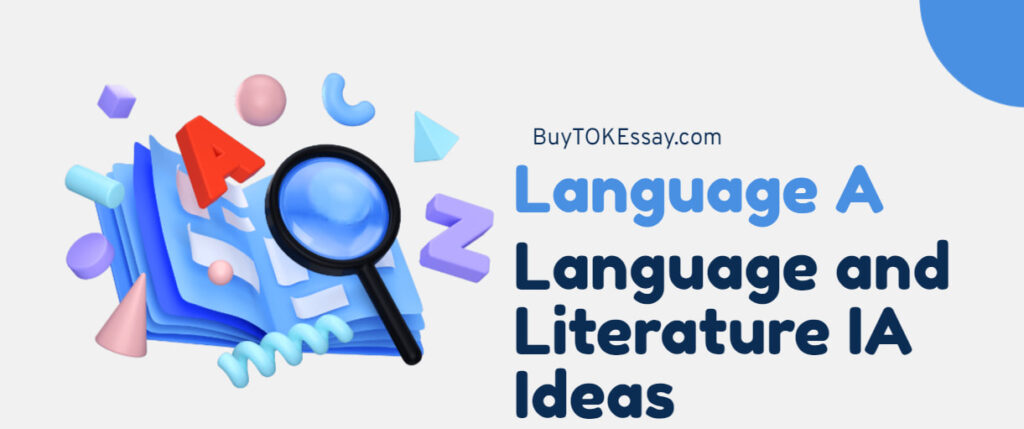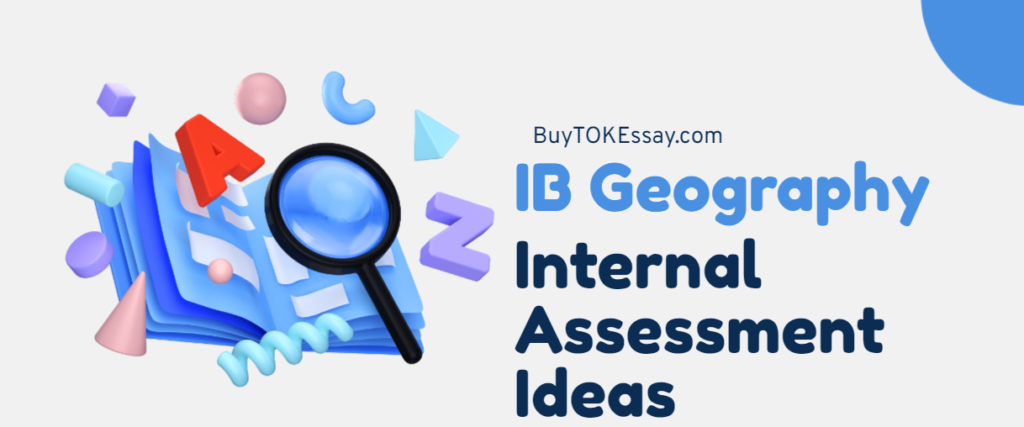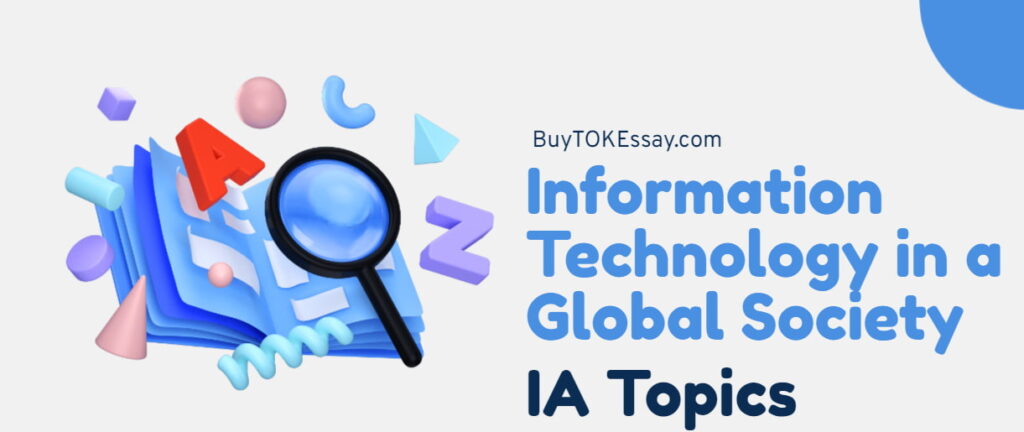It can be challenging to decide on Film IA topics. In my experience, one of the best ways to ensure your Internal Assessment is interesting and powerful is to choose an issue that genuinely interests you. The IB Film IA is a unique chance to demonstrate your knowledge of the course and your analytical abilities. That’s why you must choose a research area that fits the IB requirements and appeals to your readers.
What Is the IB Film Internal Assessment?
The Film IA tests your analytical skills and comprehension of cinematic elements under general IB criteria. In my experience, this Internal Assessment involves breaking down a film’s layers, including the directing style, cinematography, color, sound, editing, and even historical or cultural influences.
The Film IA is a unique and rewarding task because, unlike other assignments, it lets you focus on films’ technical and artistic elements. You must consider how every aspect (from narrative strategies to visual symbolism) contributes to the film’s overall effect.
The IB Film IA is a fantastic chance to present your viewpoint on cinema analysis. It offers a unique forum for discussing and evaluating different filmmaking styles. Choosing the appropriate Film Internal Assessment topic can help you get the best results without plagiarizing because this passion can make your analysis stand out.
To help you understand what makes a good Film Studies Internal Assessment, here is a list of parts that you should add:
- Analytical depth. Don’t just write summaries; try to understand how movies are made.
- Focus on techniques. Instead of giving a broad story outline, focus on specific elements like sound, color, and cinematography.
- Original perspective. Use themes and stylistic choices to show off your unique point of view.
- Cultural and historical context. Consider how the film’s cultural, social, or historical setting affects its story or style.
- Critical reflection. Consider why specific techniques work and how they affect the film’s viewers.
Note that the recommended word count for the IB Film IA is 1,750. This limit applies to the assessment’s primary written section. However, it’s better to check the most recent IB guidelines, as they may change requirements.
Popular Categories for IB Film IA Topics
Let’s now examine a few popular IB Film Internal Assessment topic categories. You can focus and create a distinctive and captivating IA by selecting a topic that interests you.

From staging play texts to world theatre traditions, this list of Theatre IA topics offers creative directions for your project.
Genre and Style Analysis
- The Evolution of Horror in Japanese Cinema – Analyze how Japanese horror films differ stylistically from Western horror.
- The Influence of Italian Neorealism on Modern Dramas – How Neorealism shapes narratives focusing on everyday struggles.
- Expressionism in German Cinema – Examine the stylistic elements of German Expressionism in horror and thriller genres.
- The Aesthetics of Film Noir in American Crime Movies – Research recurring themes, lighting, and cinematography.
- Romantic Comedies Through Decades: Shifts in Humor and Gender Roles – Analyze the evolution of romantic comedies from the 1950s to today.
- Superhero Genre Evolution: From Comics to Cinematic Universes – How superhero films have adapted stylistically to cater to wider audiences.
- Science Fiction and Futurism: Predicting Technology Through Film – How sci-fi movies have portrayed future technologies and societies.
- Surrealism in Cinema: Dreamlike Worlds and Symbolism – Research surrealistic elements in films like those of David Lynch and Luis Buñuel.
- The Evolution of War Films: From Propaganda to Realism – How war films have shifted from glorifying war to depicting its harsh realities.
- The Fantasy Genre and Its Escapist Appeal – Analyze how fantasy films provide an escape through world-building and mythology.
- Documentary Film Styles: Cinéma Vérité vs. Expository – Compare approaches in documentary filmmaking and their effects on viewers.
Film Techniques and Innovations
- The Role of Color in Storytelling – Examine how color palettes convey mood and symbolism in various films.
- Sound as a Narrative Tool – Analyze how sound design affects storytelling, particularly in thrillers and horror films.
- The Use of Long Takes to Create Immersion – Research the technique of uninterrupted long shots in films and their effect on the viewer.
- Lighting Techniques in Film Noir – How low-key lighting contributes to noir films’ dark, moody atmosphere.
- The Impact of CGI on Modern Cinema – Examinine how computer-generated imagery has transformed filmmaking.
- Point of View Shots in Psychological Thrillers – How directors use POV shots to connect viewers to characters’ emotions.
- Use of Slow Motion to Emphasize Key Moments – Analyze slow-motion shots in action or drama to highlight critical moments.
- Breaking the Fourth Wall: Techniques and Effects – How addressing the audience impacts storytelling in various genres.
- Handheld Camera Work and Realism – How handheld shots create a sense of realism and intimacy in drama or action films.
- Innovative Use of Visual Effects in Silent Films – Study early visual effects and their role in storytelling without dialogue.
- Time Manipulation Techniques: Flashbacks, Flashforwards, and Parallel Timelines – How different time-manipulation techniques add complexity to film narratives.
Cultural and Societal Impact of Film
- Representation of Gender Roles in 21st Century Cinema – How modern films reflect or challenge traditional gender norms.
- The Portrayal of Mental Health in Psychological Dramas – Examine how films address mental health issues and their societal implications.
- Cinematic Depictions of War and Patriotism – How war films shape or reflect national identity and patriotism.
- Immigration Narratives in Cinema – How films portray the immigrant experience and the cultural challenges involved.
- Films as Reflections of Political Climate: The Case of Dystopian Fiction – How dystopian films mirror real-world political fears and anxieties.
- Environmental Awareness in Nature Documentaries – How documentaries contribute to public awareness about environmental issues.
- Globalization and Cultural Exchange in International Cinema – How international collaborations influence cultural representation in films.
- Cinema as Social Commentary: Satire in Film – How satirical films critique society and influence viewers’ perspectives.
- Women’s Rights and Empowerment in Modern Cinema – Examine how contemporary films address gender equality and empowerment.
If you’re looking for inspiration, check out our guide on Music IA topics and ideas for IB students to find engaging and manageable themes.
Character Development and Psychological Depth in Film
- Antiheroes and Moral Ambiguity in Modern Cinema – How antiheroes challenge traditional character roles and engage viewers.
- The Role of Archetypes in Fantasy and Mythology Films – Analyze the use of character archetypes to convey universal themes.
- The Complexity of Family Dynamics in Drama Films – How films portray family relationships and their emotional challenges.
- Transformation of Characters in War Films – How characters evolve under the pressures of war and conflict.
- The Psychology of Obsession in Thrillers – Examine how characters’ obsessions drive the narrative and create tension.
- Forgiveness and Redemption Arcs in Drama – Analyze characters’ paths to forgiveness and how these themes impact audiences.
- Duality of Human Nature in Crime Dramas – How films portray characters with conflicting moralities, such as in The Godfather or Breaking Bad.
- Transformation of the Antihero in Western Films – How characters in Westerns evolve from traditional heroes to complex antiheroes.
- Psychological Complexity in Animated Films – How animated films like Inside Out and Spirited Away address complex psychological themes through character development.
- Character Duality in Supernatural Horror Films – Discuss how characters with dual identities or hidden personalities add tension and mystery to horror storytelling.
Director and Cinematic Movement
- Alfred Hitchcock’s Influence on the Psychological Thriller Genre – Research how Hitchcock’s techniques have shaped modern thrillers.
- Quentin Tarantino and the Revival of Nonlinear Storytelling – How Tarantino’s style popularized nonlinear narratives in contemporary cinema.
- The Legacy of French New Wave on Independent Cinema – Examine how directors like Jean-Luc Godard and François Truffaut influenced today’s indie films.
- Stanley Kubrick and the Art of Symmetry in Visual Storytelling – How Kubrick’s unique framing techniques have impacted film aesthetics.
- The Influence of Italian Neorealism on Global Cinema – Analyze how filmmakers worldwide have drawn from Neorealism’s focus on everyday life.
- The Surreal Worlds of David Lynch – How Lynch’s surrealism has shaped the psychological horror and thriller genres.
- The Brutal Realism of Ken Loach’s Social Dramas – How Loach’s films reflect working-class struggles and social justice themes.
- The Influence of German Expressionism on Horror and Noir Films – Analyze how this movement’s dark, stylized visuals have influenced horror and film noir.
- The Poetic Realism of Yasujiro Ozu in Japanese Cinema – How Ozu’s focus on family and tradition has influenced Japanese storytelling techniques.
Visual Storytelling and Symbolism in Film
- The Use of Color as a Symbolic Tool – Analyze how directors use color schemes to convey themes and emotions.
- Lighting as a Means of Character Revelation – Examine how lighting choices reveal or conceal character traits and motivations.
- The Role of Costumes and Props in Building Character Identity – Analyze how specific costume choices and props contribute to character development.
- Symbolic Use of Weather in Film Narratives – How weather conditions (rain, storms, sunshine) amplify mood or foreshadow events.
- Food as a Cultural Symbol in International Cinema – How food scenes represent culture, relationships, or status within various films.
- Visual Metaphors for Isolation and Connection – Examine how space and proximity between characters reflect their relationships.
- Doors, Windows, and Passageways as Symbols of Transition – How filmmakers use these elements to represent change or decision points in the narrative.
- Urban vs. Rural Landscapes in Representing Conflict – How contrasting settings reflect the internal or external conflicts faced by characters.
- The Role of Shadows and Silhouettes in Mystery and Suspense – How these visual techniques build atmosphere and tension in thrillers.
- The Power of Silence and Stillness in Visual Storytelling – Analyze how quiet, minimalist scenes add emotional weight.

Need Help with Your IB Internal Assessment?
Reach your full ability and improve your IB IA scores with our help. The BuyTOKEssay.com team can help you write an excellent paper from scratch or tweak your current project to match your supervisor’s requirements.
You can buy an Internal Assessment that fits your needs with just one click.
Final Thoughts
So, a good topic makes writing easier and lets you engage with films personally. Consider the IB criteria, choose something you’re interested in, and avoid common mistakes. With planning and enthusiasm, you can create a Film Internal Assessment that shows off your analytical skills and love for cinema.
And don’t forget that BuyTOKEssay.com is here to help you with any of your writing needs, whether it’s an Internal Assessment or a TOK essay.





